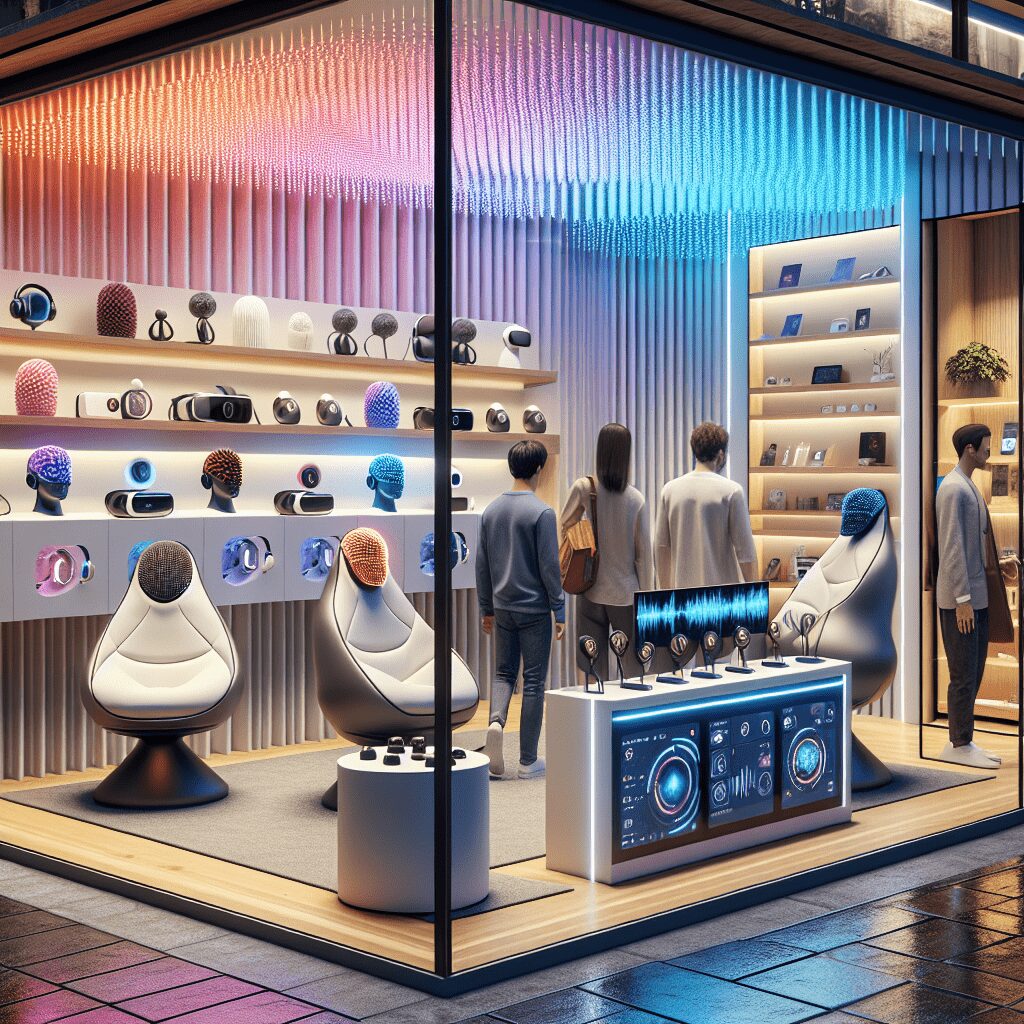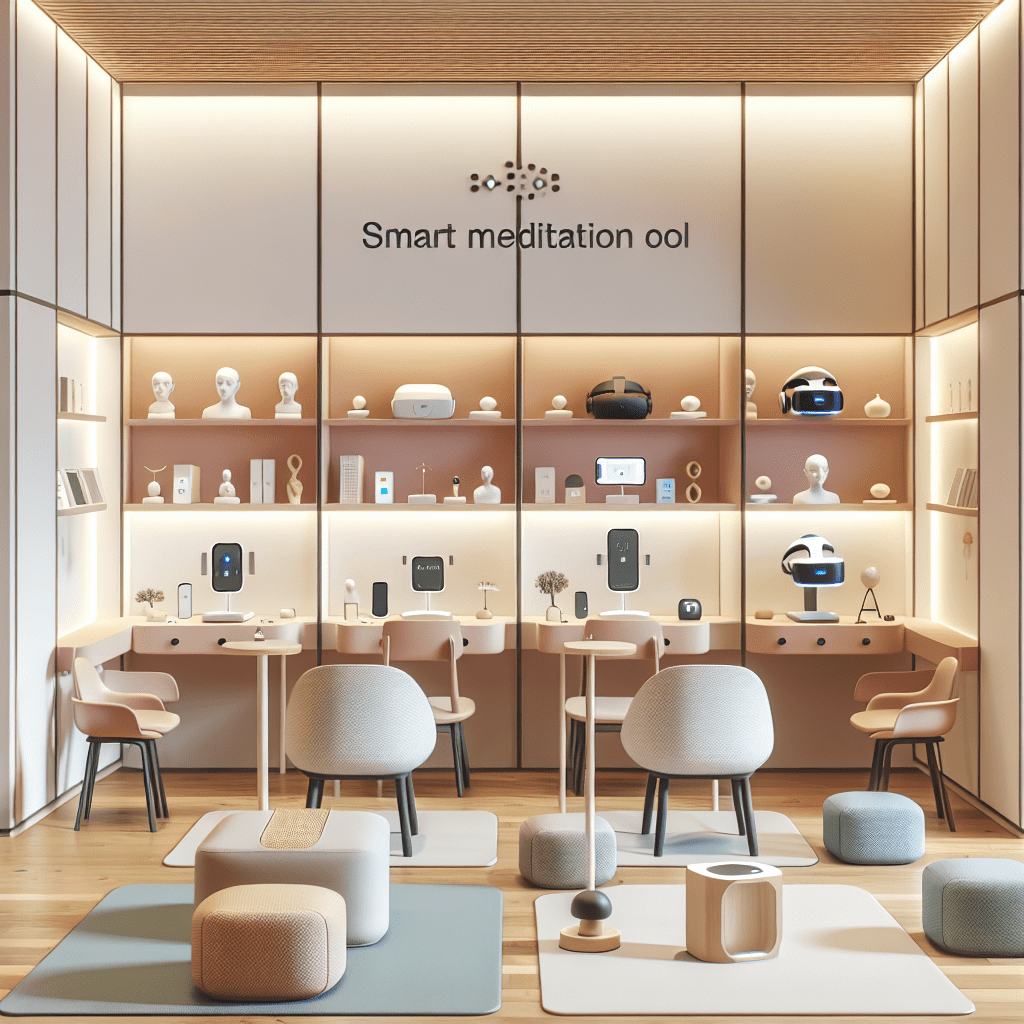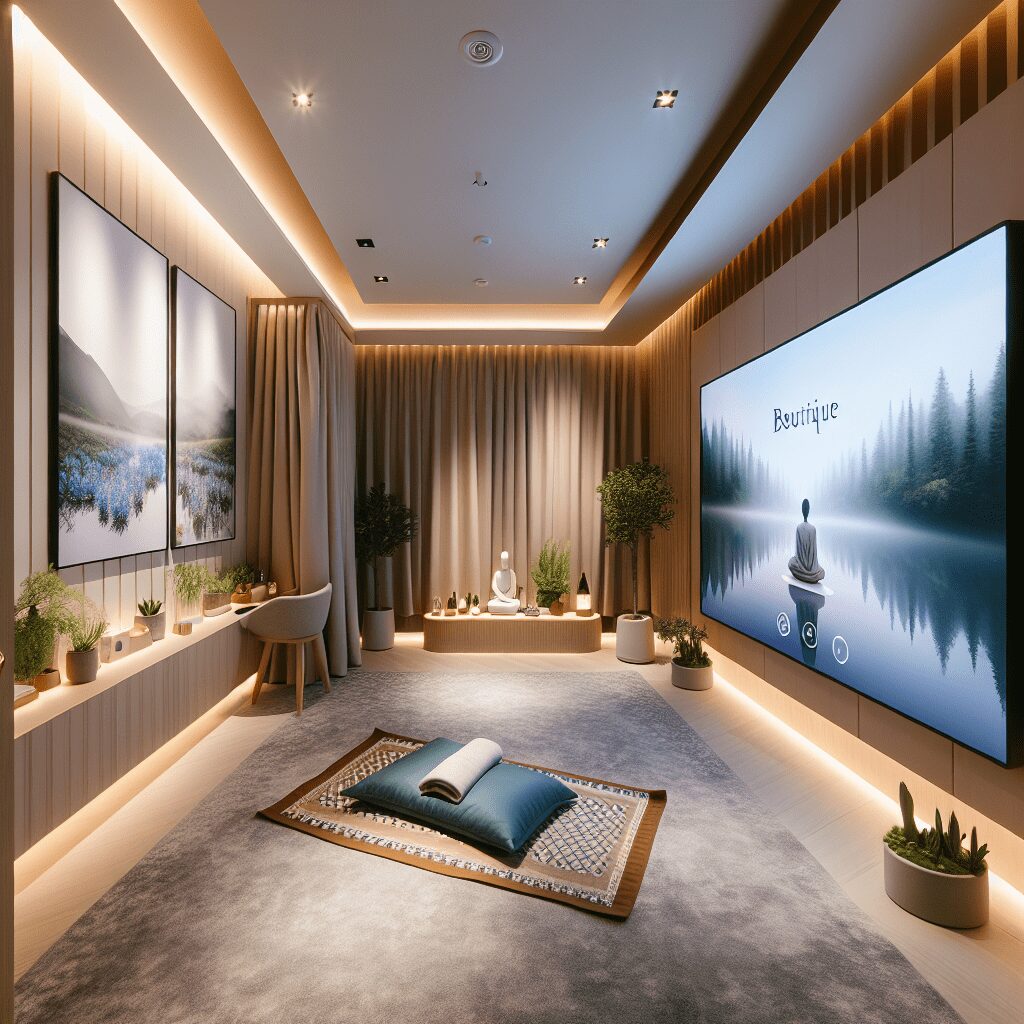
Prioritize your mental well-being daily. Enhance your life by nurturing your mental health with the Smart Meditation app. Break free from stress, alleviate anxiety, and enhance your sleep quality starting today.
Will Blue Tinted Glassed Help Reduce Eye Stress From Computer Screens?
Unraveling the Myth: Blue Light and Digital Eyestrain
In an era governed by the digital screen, be it for work, leisure, or anything in between, the concern for eye health has escalated. Amidst the surge of digital interaction, blue-tinted glasses have emerged as a modern-day knight, purportedly shielding the eyes from the perils of excessive screen time. But, does this armor hold up against the test of scientific scrutiny? Let’s decode the realities and myths surrounding blue-tinted glasses and their role in mitigating eye stress.
The Science Behind Blue Light
Before we dive headfirst into the crux, let’s get the basics straight. Digital screens emit a spectrum of light, of which blue light is a component. While it’s been vilified more than a villain in a dime novel, blue light isn’t all bad. In fact, natural blue light from the sun helps regulate our sleep-wake cycle. However, the artificial blue light from screens is another kettle of fish, contributing to digital eye strain, which can manifest as dry eyes, headache, and blurred vision.
Can Blue-Tinted Glasses Be Your Eyes’ Knight in Shining Armor?
Contrary to popular belief, slinging on a pair of blue-tinted glasses isn’t an all-in-one solution to combat digital eyestrain. While they’ve garnered a reputation as the go-to remedy, it’s essential to sift through the facts.
Here’s the deal: Filtering Blue Light: Blue-tinted glasses have been designed to filter out blue light. By doing so, they can reduce potential damage caused by prolonged exposure, particularly before bedtime, aiding in a better night’s sleep. Reducing Eyestrain?: When it comes to the claim of reducing eyestrain, the waters get a bit murky. Some users report a noticeable relief, attributing it to the reduction of blue light exposure. However, scientific evidence backing this claim is thin on the ground. The relief might stem from the placebo effect or simply be due to reduced glare, rather than the blue light reduction per se.
Alternatives and Complementary Strategies
Relying solely on blue-tinted glasses might not be the silver bullet for digital eyestrain. Consider these complementary strategies to safeguard your peepers: 20-20-20 Rule: Every 20 minutes, take a 20-second break to look at something 20 feet away. This helps relax the eye muscles and reduce fatigue. Adjust Screen Settings: Tweak the brightness, contrast, and text size to find settings that are comfortable for your eyes. Mind Your Position: Ensure your computer screen is about an arm’s length away and positioned slightly below eye level. Blink Often: We tend to blink less while glued to screens, leading to dry eyes. Make a conscious effort to blink more often.
The Bottom Line
While strapping on a pair of blue-tinted glasses might offer some benefits, it’s not a magic pill. It could potentially help in managing blue light exposure before bedtime, but when it comes to staving off digital eyestrain, it’s merely a piece of the puzzle. Integrating other eye-care practices alongside wearing these glasses maximizes their benefit and ensures our eyes aren’t left to fend for themselves in the digital wild. Remember, in the quest for eye health in the digital age, a holistic approach is key.





